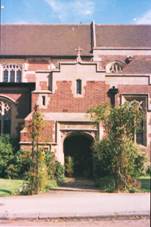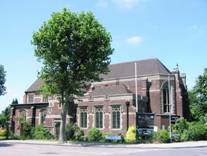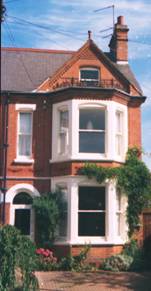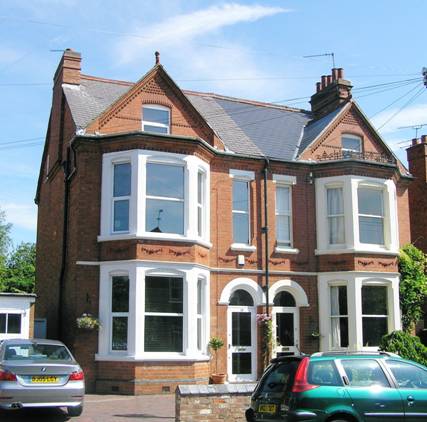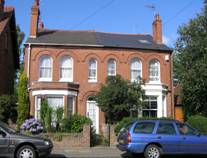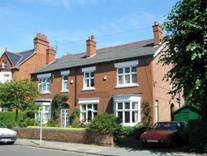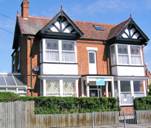Streets within this zone include: Palmerston Road
The development of the new garden suburb of Earlsdon had been slow and uneven between 1852 and 1890 reflecting the economic fortunes of Coventry and the watch industry. In 1890 the boundary of Coventry was extended to include Earlsdon. The trustees of Joseph White’s estate anticipated an increased demand for housing in Earlsdon and in 1891 laid out the six streets of Radcliffe Road, Rochester Road, St Andrew’s Road, Shaftesbury Road, Palmerston Road and Stanley Road.
The property on the corner of Bates’ Road and Beechwood Avenue was built as a single detached property; it was converted to form two semi detached properties in the 1960s. Philip Larkin spent much of his leisure time here during his school days when the house was occupied by a school friend, both boys attended King Henry VIII School on Warwick Road.
By 1890 the dominance of domestic manufacturing for the production of watches and ribbons was declining, to be replaced by the small factory manufacture of the emerging cycle, car and machine tool industries. Houses were erected for the skilled artisan, the owner of small business, middle management and professional classes.
Earlsdon was part of the parish of St. Michael’s (later the Cathedral) and in the care of St. Thomas’s at the bottom of Albany Road. After the opening of Albany Road in 1897, the population of Earlsdon grew and the provision of a purpose built place for Anglican worship became urgent. The Methodists had already bought a plot of land on the corner of Albany Road and Earlsdon Avenue in 1909, the second site became available near the corner of Palmerston Road and Rochester Road. By 4th December 1913 the first St. Barbara’s Church (now Cloister Mews) had been erected and was dedicated by the Bishop of Worcester. In 1922 Earlsdon became a parish in its own right.
Descriptions of Photographs in Zone Two Photograph (21) Photographs (22) and (24) Photograph (23) Photographs (25 and (26) Photograph (27) Photograph (28) Photograph (29)
|
